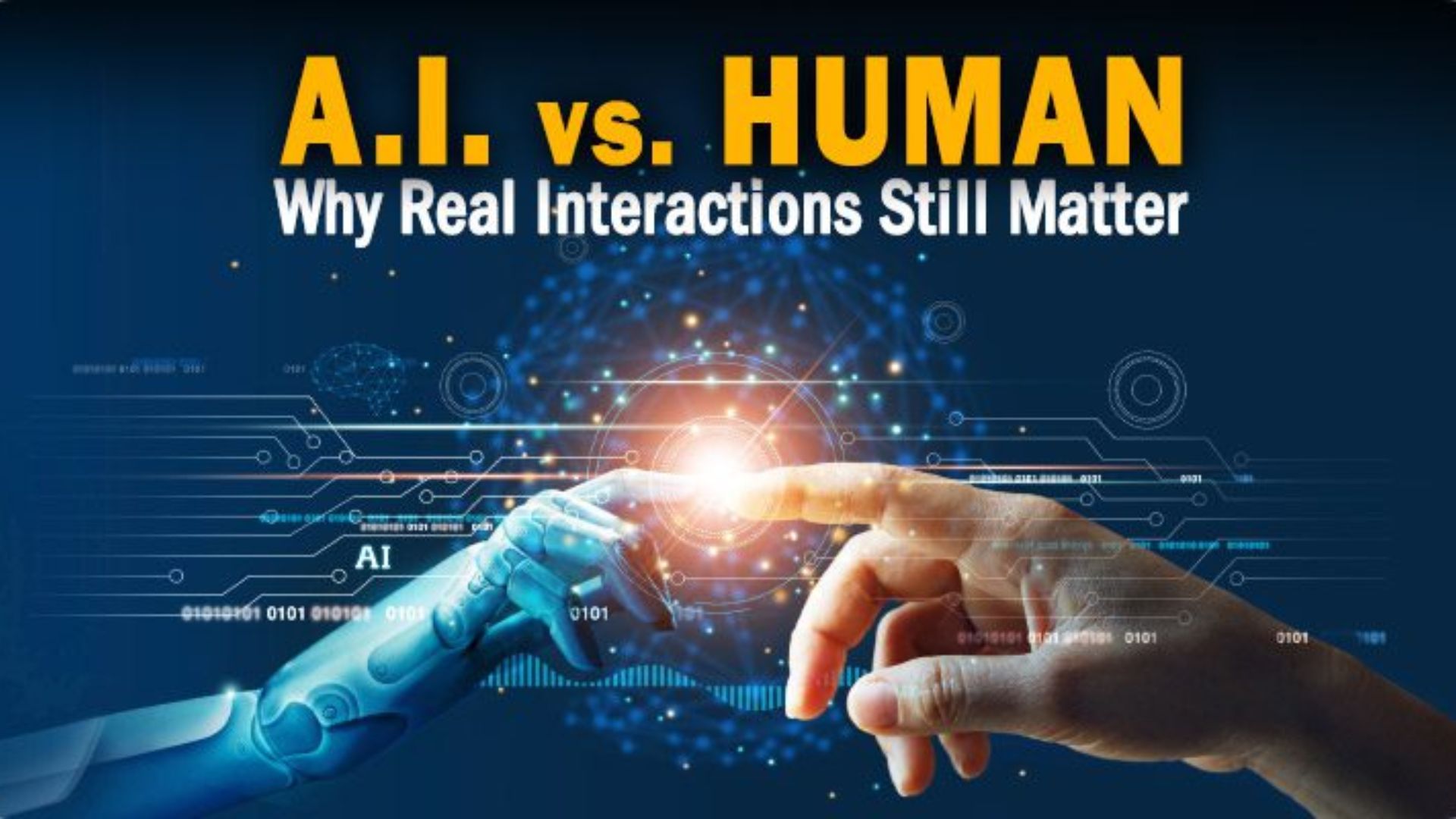
AI vs Human Touch: Balancing Efficiency with Customer Experience
How often do you find yourself in a restaurant, a hotel, or a cafe, and through some small alchemy, you find a connection with a member of the team? Maybe you use the name on the badge, say their name, and thank them for their service with your smile? But last week, in three brand experiences, I was unable to thank someone — or even be reassured that my sensitive information was being treated with human care.
One was a failure to get my query involving a big transaction over the phone by an AI bot at a bank; it finally dropped the call. This happened again and again for two days until I visited in-branch to sort the issue out. One instance was that of international roaming activation on my phone: what used to be a matter of a very short process became extended, proved cumbersome because I was dealing with a WhatsApp bot, which was not capable of understanding my request. Alas, the food delivery service simply failed to deliver an order placed by me, and I spent three frustrating hours trying to resolve the issue with yet another AI chatbot.
These experiences raise a very legitimate question: Are brands depending too much on AI for customer service and after-sales support, and ignoring the toll it is taking on customer experience?
The customer service landscape has changed drastically these days. With the increasing use of AI-driven bots for customers, such service is available 24/7 and can handle multiple queries at once.
A study by Lonergan Research showed that while two-thirds of Indians trust generative AI for customer service more than a year ago, 90% still have issues with reachability or accessibility while contacting customer service for a brand. Nearly a quarter of Indians report feeling stressed, 27%, angry, 24%, or anxious, 22%, during such contacts.
Comments Shan Jain, Independent Director, Brand Strategist, and Marketing Transformation Advisor, “Balancing AI-driven bots with human customer service requires thinking of the fine tripartite agreement between efficiency, customer experience, and keeping the voice of the brand.” She doesn’t feel that the closeness and personal touch that are instrumental parts of identity should be traded for efficiency. “Imagine calling up your favorite brand, and then being intercepted by a bot with the personality of a dial tone. If you excel in warmth and personalization, letting a bot be your ambassador can feel like a betrayal.”
Gaurav Sablania of Hogarth- a WPP-owned marketing implementation company- further adds to this saying, “Whilst AI chatbots can work for dealing with lightweight queries in a contactless service environment, dealing effectively with the heavier issues requires much beyond the current capabilities of these applications.” “When there is a crisis, people need to receive much more than any AI chatbot can offer in terms of empathy, kindness, and coherence.
On the other hand, Vivek Kumar Anand, chief business officer with DViO Digital, a digital marketing company, supports AI to be used as a copilot rather than as the captain of customer service. “AI should be used as a co-pilot, not as the captain of customer service. It is like having a super-efficient assistant who handles routine tasks but knows when to hand over the controls to a human when things get complex”, he explains.
AI limitations
The marriage of AI with customer service is not ahead of its time but the next step. “As the AI technology advances, we are transitioning from the model of ‘Human First, AI Second’ to a model in which AI is increasingly performing tasks of a more routine, procedural nature, while human agents take on the tasks that require more nuanced and complex issue handling,” explains Vaibhav Velhankar, CTO at Segumento, an AI-based data intelligence platform.
Velhankar further points out that one needs to see human-bot interaction from various perspectives such as urgency, price tag, language, and sensitivity. “Involving high monetary transactions or sensitivity needs intervention of a human. It is not about either selecting a human or an AI but how to integrate both,” noted Velhankar.
Amit Nigam, COO at BANKIT, agrees with the limitations of AI chatbots. “An AI chatbot might not fully comprehend what the customer is trying to say, but it may be very easy for a human to understand. That’s why we take a balanced approach of using AI chatbots for speed and accuracy but always ensure that a human touch is there where one needs to be empathetic and understanding,” he concludes.
Shan Jain is a freelance director, brand strategist, and consultant on marketing transformation.
So, summing up, AI in customer service is definitely going to have to be. As Jain puts it, “While efficiency is important, we shouldn’t sacrifice the soul of the customer experience for the sake of speed.” So, the challenge for a brand is trying to get that balance right, being able to leverage the power of AI without losing the irreplaceable value of human touch.




Leave a Reply